Topical Steroid Withdrawal Ooze: A Complete Guide
This unsightly symptom can sometimes occur in eczema sufferers, but is unfortunately a very common occurrence during Topical Steroid Withdrawal (TSW) also known as Red Skin Syndrome (RSS). It is also in my metaphorical top 3 list of things I wouldn’t wish on my worst enemy.
To the layman, this symptom is just a word. A simple word. Ooze, so what? How could a little bit of liquid really be so bad? Well to the naysayers I say NAY, ooze is an anagram for THE DEVIL. Let me explain why.
During topical steroid withdrawal, you experience the most intense and unrelenting itch known to man. The skin is inflamed, breaking open all over your body and bleeding. You develop mind destroying insomnia, hair loss, and freezing cold sensations just to name a few.
Add to this the onset of a yellow fluid which begins to seep out of your raw skin every time you scratch. So you stop scratching but now the ooze continues to run from your skin regardless, and it stinks like the inside of a dead troll.
Every time you try to wipe it away, it comes back even faster. It rolls down your face, neck, torso, and limbs. It seeps into your clothes. It stains your sheets while drying to your resting body, literally making you peel yourself out of bed, sometimes tearing the already thin and damaged skin.
The yellow or orange color of the discharge gives the impression that it could be infected, and the constantly gooey wet sensation on the skin feels like you are a walking venereal disease.
Then it dries to form an amber colored crust of nastiness which is wonderful for helping plug the leak, but what the heck to you do with a face covered in yellow crust!!?
So now I want to share with you everything ooze related in all of its smelly, runny, discolored, sticky, and eventually crusty goodness!
In this article I will cover off:
![]() What exactly is ooze?
What exactly is ooze?
![]()
![]()
![]()
![]()
![]()
![]()
![]()
![]()
![]()
![]()
![]()
![]()
![]()
![]()
![]()
![]()
![]()
![]()
![]()
![]()
![]()
![]()
![]()
![]()
![]()
![]()
![]()
![]()
![]()
![]()
![]()
![]()
![]()
![]()
![]()
WHAT IS OOZE
As I noted in my article titled 'What is Topical Steroid Withdrawal', ooze is a sticky liquid which can leak from the skin during this recovery process. It is a natural part of the body’s response to injury and inflammation which contributes to the healing process.
It ranges in color but mostly presents as a yellow or orange colour, and often (not always) carries with it a pungent aroma which is for most people, very unpleasant.
Depending on its viscosity, it can stay relatively in place on the area of the skin, or it can run down the body slowly and continuously before drying to a crust. The time it takes to dry obviously varies depending on the thickness of the ooze and the amount leaking out.
During topical steroid withdrawal, ooze is commonly witnessed on the raw, mostly freshly scratched areas of skin. However this is not a hard and fast rule because I have also heard stories of ooze appearing seemingly without provocation, on areas of skin which are not obviously raw.
What exactly is this substance?
Serous exudate, or interstitial fluid. It’s essentially the blood serum without the blood as the red blood cells and platelets are quite simply just too large to pass through the gaps in the skin.
This fluid has been found to contain a rich concoction of proteins and other cellular elements.
HOW DOES OOZE OCCUR?
To understand how this happens, we first have to learn about a little molecule called nitric oxide. Nitric oxide is a natural vasodilator. Roughly translated from Doctor to English, it means that it helps dilate/open up blood vessels (veins, arteries) and keep us running smoothly.
As an example, nitric oxide can also be given to a patient to help lower blood pressure by relaxing the narrowed blood vessels, thus increasing oxygen and blood flow to the body.
While important to our health, unusually high levels of nitric oxide has been found in the blood of many people going through topical steroid withdrawal and is believed to be the culprit behind much of this uncomfortable (x 1000!) symptom.
Topical steroids work by suppressing the immune response and narrowing the blood vessels of the skin to reduce redness and inflammation. So for those predisposed individuals, when we stop using this medicine, the skin unfortunately reacts by dilating (opening) these vessels which allows fluid to transition from the body out through the now more permeable capillaries of the skin.
HOW CAN I STOP THE OOZE?
I can’t give a definitive answer to this one because while some people are able to dry up their leaky skin somewhat, this is not the case for everyone and there are obviously variables to consider.
A leg is obviously easier to apply bandages or topical agents to, and conversely the head can be more difficult.
My personal experience with this symptom was horrible, but not as bad as some.
The ooze varied over my entire body at different times, with the worst of it being around my ears, back of my neck and over my scalp simply because it was a difficult area to treat.
This laid waste to many a pillow case, but the worst aspect was waking up to my face glued to the pillow in the mornings, and I can’t even describe to you the stench that would fill my nostrils. I’d take dirty socks over that any day!
So if you want some ideas for ways to reduce or completely remove this symptom, here are a few tips from people who have learnt the hard way:
1. AIR DRY
This method is favored by many topical steroid withdrawal sufferers because it’s simple and free. The benefits of air drying the ooze go a bit further than this however.
By leaving the ooze on the skin, it dries to form a crust whereby sealing and limiting the amount of further leakage. Another reason people prefer this method is because some of the protein lost is assumed to be partially reabsorbed into the body.
The downside is when the ooze originates from an area normally covered by clothing; it can stick to the fabric. If the area is visible, then you still have to deal with the uncomfortable sensation and appearance of the fluid and eventual crust.
2. SHRINK THE GAPS
When the skin is leaking like its bathroom break at a pub crawl, it’s because the structure is not held together as tightly as it should be. So one way to counteract this is by using products which work as an astringent – meaning, to make the skin contract.
There are quite a few products on the market which can help shrink the skin taught again, and everyone has their preference. However, there are a few products which I discovered through many sufferers accounts which perform a bit better than others. That said, this is not a guaranteed fix for everyone.
Zinc Oxide – Very commonly used by those going through topical steroid withdrawal to help manage their symptoms. Zinc oxide cream can help protect the skin while simultaneously drying out the ooze. The skin also responds well to zinc both internally and externally.
Zinc creams are a standard thick white color – not exactly inconspicuous. But when you compare that to the alternative, give me a patchy white face any day!
This particular ointment contains a high percentage of zinc oxide and is designed to help reduce inflammation as well as dry out oozing skin.
Sudocream - Well-known in the topical steroid withdrawal community, this particular cream also contains zinc oxide, as well as antiseptic qualities to help kill off unwanted bacteria.
Apple Cider Vinegar – Some ‘oozers’ have found success in treating their leaking skin by applying a mix of apple cider vinegar diluted in water to rinse the area and contract the skin.
Salt – The benefits of taking salt baths during topical steroid withdrawal are great, with one bonus being its ability to help dry the skin, thus dry the ooze. A solution of salt and water can be used as a rinse or wash for most body parts.
Both Epsom salts and Dead Sea Salts are great products to act as a natural astringent for leaky skin.
Domeboro – One of the recommended products suggested by ITSAN for minor itch and oozing. Making a mixture of water and Domeboro and storing in the fridge can make a soothing and cooling solution for reducing these terrible symptoms.
Caladryl - Another recommended product by ITSAN which is also known as calamine lotion, Caladryl is designed to relieve itch and is helpful for minor weepy skin.
Colloidal Silver – This is a product which uses suspended particles of silver to help control infections. Colloidal Silver has been utilised by many people suffering from oozing skin which would certainly help stave off unwanted bacteria, although I’m not sure about its efficacy on drying up the ooze. This is for you to decide.
HOW TO MAKE THE OOZING SKIN MORE COMFORTABLE
While oozing is one of the most heinous symptoms I can dream of, if you have to live with it, then sometimes the best you can do is make yourself as comfortable as possible.
1. BEDDING
The material of standard sheets, as well as cotton sheets, have been said to feel quite scratchy on the raw weepy body, as well as make the skin stick a lot more.
Silk bedding and clothing have been noted by a few sufferers as more gentle and comfortable, while helping wick away the leaky fluid.
Another option for bedding is a type of bedding product which is specially designed for people with skin conditions. It is apparently very good, although quite pricey. Cool Sheets is the name and I’ve only so far been able to find them in Australia, though they do ship internationally.
2. WRAPPING
Good for some, not for others; wrapping acts as a barrier between the ooze and the greater world, as well as also helping heal the skin when combined with a cream (zinc oxide for example) while protecting from wayward nail attacks.
This is called ‘wet wrapping’ and has been used by topical steroid withdrawal and eczema sufferers alike.
While not always comfortable, at least not initially, many people report when doing wet wrapping they experience better healing, reduced ooze and much relief from the otherwise obnoxious sensation.
Dry wrapping the oozing skin can come with a few disadvantages such as the ooze sticking to the gauze/bandage, and also for some people, making the area produce more fluid. Not the case for everyone however.
A product called Viscopaste bandages has also helped many people find comfort with oozing as it is impregnated with zinc oxide and protects the vulnerable skin.
Please remember that wrapping raw skin can create a breeding ground for harmful bacteria so it is good practice to use an antiseptic during this time, keep the skin clean and change bandages regularly.
WHAT NOT TO DO
There are a few things which can actually make your drippy skin worse. Not always, but I still wanted to list here the practices which people have found detrimental.
MOISTURIZING - Moisturizing when the skin is wet and oozy is for most people, counter-intuitive and counterproductive. Introducing anything wet, unless it’s an astringent, will continue to keep the skin moist and feeling disgusting. I can attest to this.
This is actually around the time when a lot of people choose to do moisturizer withdrawal, which I will write about in a future article.
WIPING – Continually wiping at the source of the leakage is going to stimulate and aggravate the already fragile and inflamed skin which will most likely lead to more of the same.
SCRATCHING – For the same reason as wiping, scratching is even more of a no-no! The skin is so fragile and porous that scratching will continue to open it up all over again and let the fluid run riot.
I realize this is easier said than done, which is why applying something like a zinc oxide product to help quell the itch is doubly advantageous.
DIET – Here I go again with diet!
I’m a firm believer that diet can and does influence the amount of inflammation experienced by the body and I’ve thrown myself under the oozy-bus many a time.
When I binged on refined sugar and coffee for a period, my body sprung leaks in places I never even scratched. So turning this into an experiment, I returned to eating nothing but fresh fruit, vegetables, nuts, good fats, and supplements and within a matter of days, all my ooze had disappeared into a cloud of dryness and skin flakes.
This of course may not be the case with everyone and others may not respond as fast as I did in this instance. But if ooze is a real challenge for you, then making the switch to an anti-inflammatory diet which caters to your nutritional needs might be worth investigating.
Foods to avoid include coffee, alcohol, dairy, egg whites, soy, gluten (and most grains for sensitive individuals) refined sugar, fake foods like colorings and preservatives – if you avoid standard processed foods then you are pretty well covered.
HOW LONG DOES IT LAST?
I’m sorry that I cannot answer this simply because oozing can come and go, it can improve then appear somewhere else.
Heck, it can even start leaking where there’s no raw skin! It is without conscience or regard for our sanity.
I’ve heard of people still experiencing this (sporadically) years into their journey, and for the other lucky souls, some never have to experience this at all.
WHAT OOZE IS NOT
INFECTION - Many people when they first experience ooze become frightened and concerned due to an assumption that the ooze is an infection because of the unusual color and smell of the fluid. This is not necessarily the case.
Serous exudate is merely a natural result of the presence of inflammation. Having said that, if there are other symptoms of an infection or if you are concerned, please speak to your doctor.
Symptoms of infection include cloudy fluid, a fever, the presence of pus, redness and swelling, and increased pain to the area.
Note: If you do have yourself tested for infection, remember that staph naturally resides on the skin and testing is known to interpret this natural presence as an infection.
DETOXING - Another thing that ooze is NOT, is a sign of the body detoxing. Many people have the assumption that this leakage is toxins and even steroids being expelled from the body, but this is not the case.
CONCLUSION
Oozing skin during topical steroid withdrawal is one of the worst symptoms one can experience.
While there may be ways to make this symptom a little less horrible, sometimes the best we can do is just hang on and ride it out.
If you are experiencing this right now, my heart sincerely goes out to you. Remember this is only temporary and it will pass.


Subscribe to my 'e-Mel' list for more eczema stuff, including a free copy of my eBook - 200 Ways To Beat Eczema. Click here.






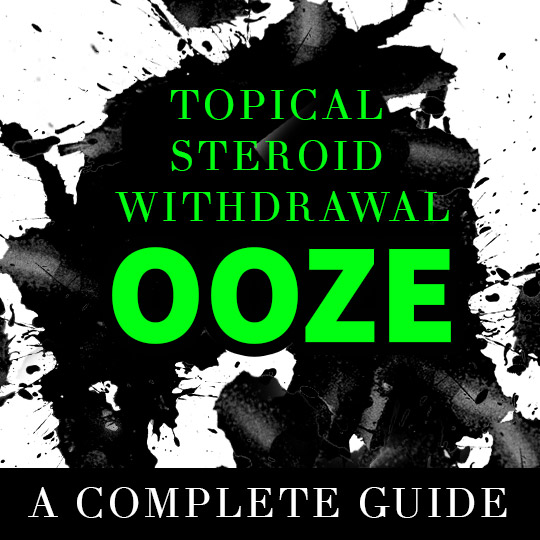
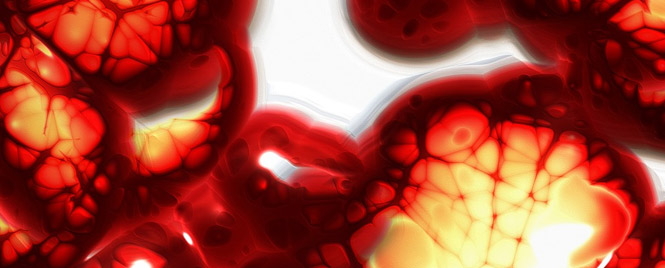
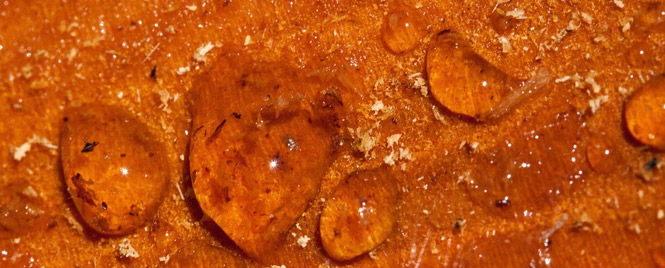
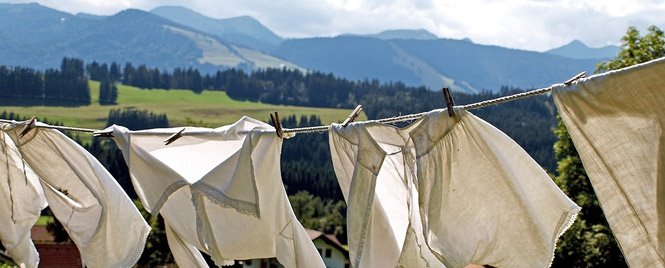
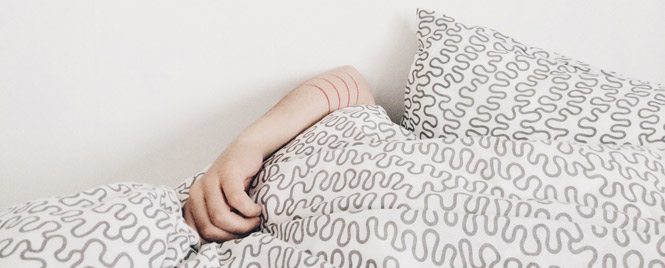
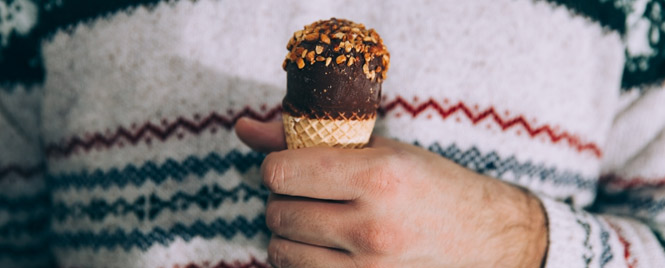






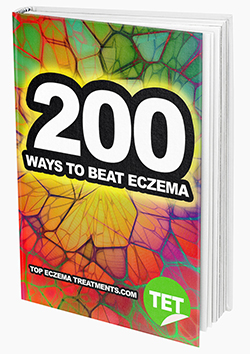
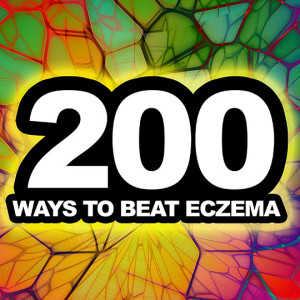

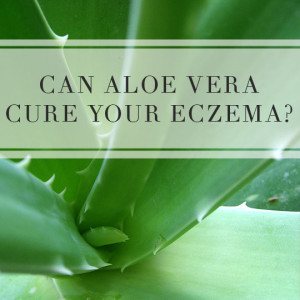
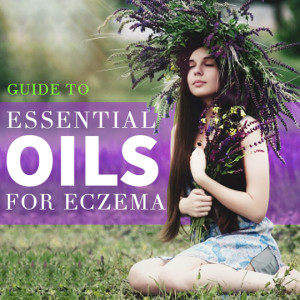
Thank you for such a funny, honest and helpful post. I’m laughing, although you wouldn’t be able to tell owing to the dried ooze constricting my face 😂
Thank you for helping me to understand, and laugh about a scary nightmare experience. I put steroid cream on my arms maybe 4 times. Didn’t like to use it, and it wasn’t helping, so I stopped. Took Prednisone for 2 weeks to get rid of rash for allergy skin testing. Somewhere in there, had the ooze in a perfectly good part of skin on the back of my neck, and some spots on my head. Didn’t make the connection. Then it went away. About two weeks later, I tried the cream again on a bigger part of me, arms, shoulders, and part of the back. The ooze came immediately on my head and behind my ears.. I then put two and two together, and figured it was from the steroid use. NEVER AGAIN!
Just went to the doctor, and I DO have a skin infection, staph and strep. So heads up everyone, don’t mess with staph. If you have the ooze, it could be an infection. GO SEE A DOCTOR.
Thanks for sharing this ellavorate post on ooze! It is a literal nightmare having it all over my face after my whole face had become inflamed after finishing a 10 day Prednisone tapered prescription. My face was extremely oozy all over yesterday and it’s appeared to have dried over the course of the night! What should you do once it’s dried though?? Can I wash my face and moisturise? Should I leave it till it ‘flaked off’ on its own? I tried NMT prior to being prescribed Prednisone when my regular moisturiser was and plain water was making my skin burn, but it only made the shedding skin, tenderness, ooze and cracking on my face worse. So I’m a little hesitant to let it dry out even more. Any tips or advice on next steps? 🙏